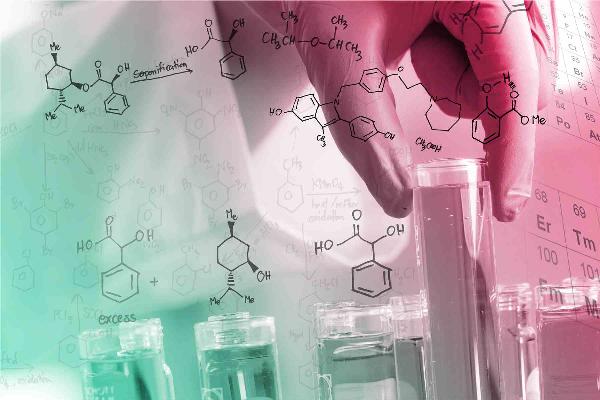What is Nanogels and Its Classifications?

Nanogels (NGs), namely nanoscale hydrogel particles, are three-dimensional network systems formed by physical or chemical cross-linking of polymers. Nanogels have received widespread attention in recent years due to their unique properties and potential applications in various fields such as drug delivery, tissue engineering, and diagnostics.
Classification of Nanogels
According to the phase change triggering mechanism of nanogels, nanogels can be divided into ordinary nanogels and environment-responsive nanogels. Ordinary nanogels will swell when absorbing water, and their drug administration and subsequent release behavior will be single. Environmentally responsive nanogels will swell or dissolve when exposed to different environments, and their administration and subsequent release behavior will be more intelligent. Common environmental factors include temperature, pH and light.
Temperature-sensitive Nanogels
Temperature-sensitive nanogels contain hydrophobic and hydrophilic groups, and their gelling behavior is related to the interaction between different groups and water. For example, when the ambient temperature of negative temperature-sensitive nanogels is lower than the critical solution temperature, hydrogen bonds are formed between water and hydrophilic groups, and the nanogels are in a swollen state. When the temperature is higher than the critical solution temperature, the hydrophobic interaction between hydrophobic groups dominates, and the three-dimensional structure of the nanogel is destroyed and dissolution occurs. Researchers have prepared emperature-sensitive nanogels based on poly(N-isopropylacrylamide-co-acrylic acid), poly(vinyl caprolactam), and Pluronic. These nanogels can release drugs at specific temperatures to achieve precise treatment.
pH-sensitive Nanogels
pH-sensitive nanogels contain anionic or cationic groups in their three-dimensional grid that can be protonated or deprotonated. Anionic groups include carboxylic acid or sulfonic acid groups, and cationic groups generally have terminal amino groups. When the pH of the environment changes, the proportion of different ionic states of these groups will change, which in turn leads to changes in hydrophilicity and ultimately changes in the three-dimensional network structure of the gel. The pH of healthy tissue (pH 7.4), stomach (pH 1.0-3.0), and tumor tissue (pH 6.5-7.0) are all different, so the nanogel's response to different pH can allow the contained drugs to be released at specific sites.
Light-sensitive Nanogels
The three-dimensional structure of light-sensitive nanogels generally contains photosensitive groups. Common photosensitive groups include argon benzene, spiropyran, o-nitrobenzyl, phenyl methyl ester and coumaryl ester. When light-sensitive nanogels are stimulated by light, the internal photosensitive groups will be isomerized or photodegraded, and the gel structure and morphology will also change, thereby releasing the contained drugs and obtaining the desired therapeutic effect.
There are also light-sensitive nanogels that contain metal particles. Some metal nanoparticles (such as gold nanoparticles) have photothermal conversion capabilities, so nanogels prepared by coupling some temperature-sensitive polymers and gold nanoparticles are also photoresponsive, that is, the metal nanoparticles first convert light into to heat, which then triggers a phase change in the temperature-sensitive gel. This kind of light-sensitive nanogel containing metal is sensitive to visible light or infrared light, while most of the light-sensitive nanogel containing photosensitive groups is sensitive to ultraviolet light, and the former is safer.
Nanogel Support includes PEGylation of Nanocarriers, PEGylation of Small Molecule Drugs, PEG cGMP Manufacturing, PEG Crosslinking, etc.
Note: IndiBlogHub features both user-submitted and editorial content. We do not verify third-party contributions. Read our Disclaimer and Privacy Policyfor details.







